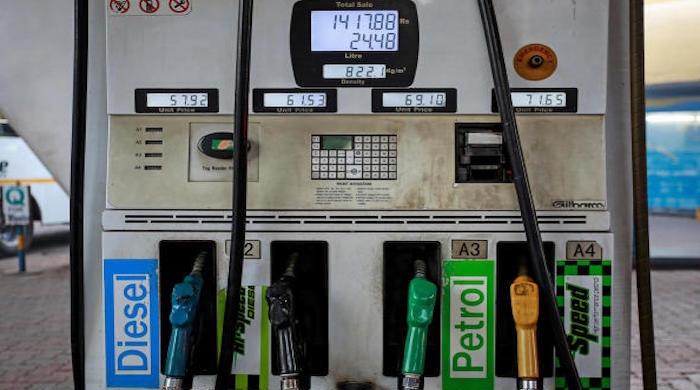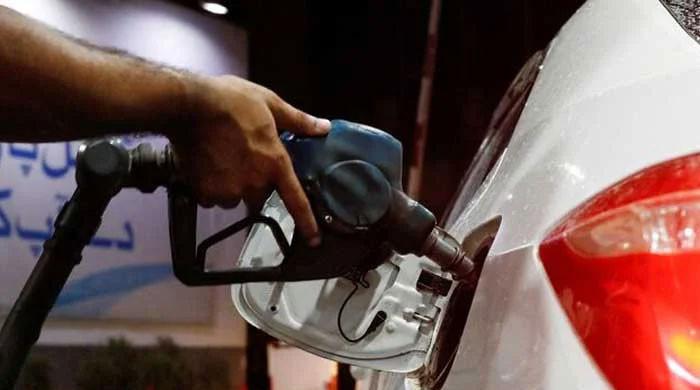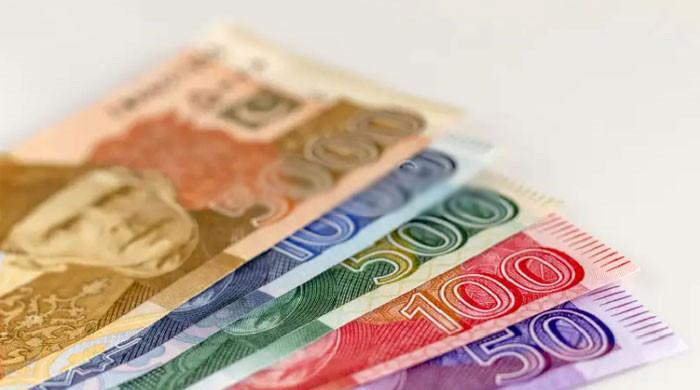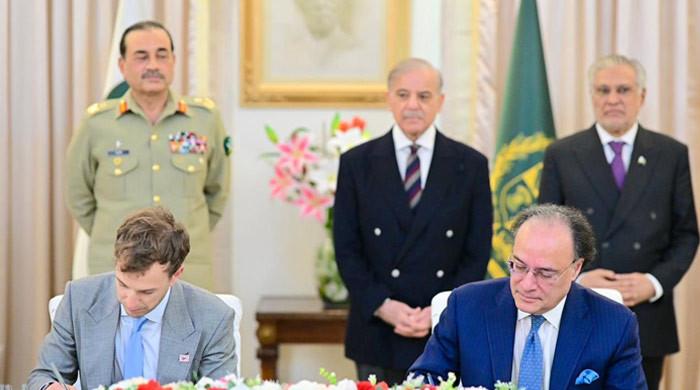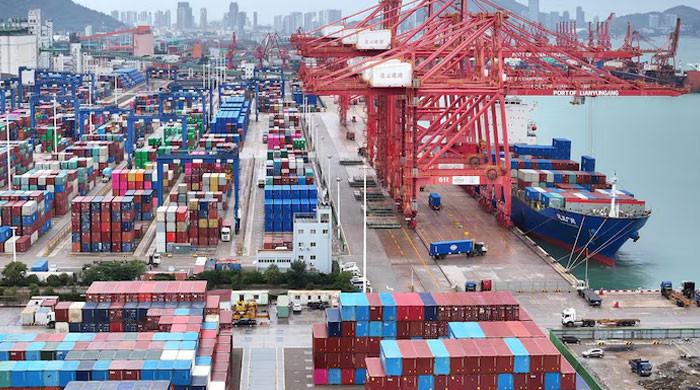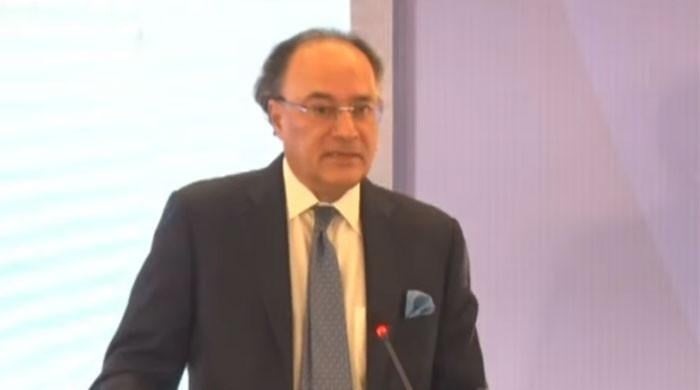Rupee witnesses worst month since 1972
Dollar shortage and concerns over a delay in an IMF bailout programme kept rupee under pressure during July
July 30, 2022
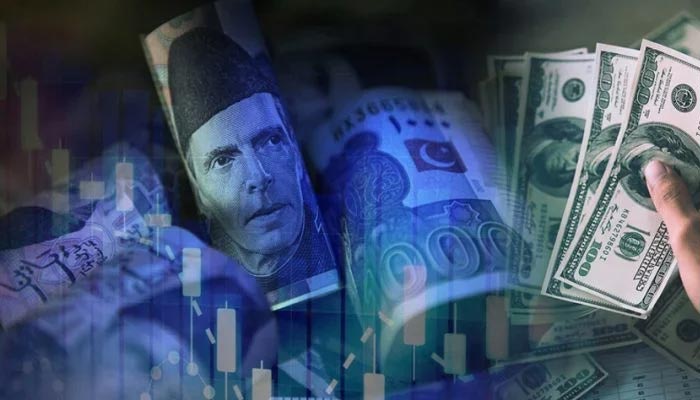
- Dollar shortage, concerns over delay in IMF programme kept rupee under pressure during July.
- Rupee depreciates nearly Rs34.5, or more than 14%, against US dollar in July.
- The rupee’s steepest decline shows growing concerns over country’s deteriorating external liquidity position.
KARACHI: Amid a dollar shortage and concerns over a delay in an International Monetary Fund (IMF) bailout programme, the Pakistani rupee witnessed its worst month since 1972, The News reported Saturday.
The local currency depreciated nearly Rs34.5, or more than 14%, against the US dollar in July — the biggest monthly drop in history on possible default jitters as foreign currency reserves hit rock bottom.
It should also be noted that it is also the worst decline globally after Ukraine’s currency for the month.
The country is striving to stave off fears it will follow Sri Lanka into default this year, as renewed political uncertainties after the Punjab by-polls raised doubts on whether it would be able to secure its IMF loan tranche.
An economist for Bloomberg Economics in Mumbai Ankur Shukla said: “What’s driving the recent plunge? The finance minister says it's due to politics. The central bank governor cites the dollar’s surge.
“The main driver is more straightforward: fear the country may not secure aid from the IMF quickly enough to avoid following Sri Lanka into default.”
The rupee’s steepest decline shows the growing concerns over the country’s deteriorating external liquidity position. The foreign exchange reserves held by the State Bank of Pakistan (SBP) have fallen by $7.811 billion since February to $8.575 billion in July, enough to pay around six weeks of imports.
Meanwhile, the current account deficit swelled to $17.4 billion in July-June (the fiscal year 2021-22) from $2.8 billion a year ago. This surge in the current account gap is due to hefty imports amid a spike in commodity prices, especially oil.
The rupee and the country’s dollar-denominated bonds have been beaten as the worries about political uncertainty delaying the IMF bailout for the country upset the markets.
Pakistan is attempting to allay concerns that it would follow Sri Lanka into default this year by securing billions of dollars from the Washington-based lender and nations like China and Saudi Arabia.
Arif Habib Limited in a research note stated that the political risks and shifting paradigms took a toll on the foreign investors/creditors’ confidence, hence contributing largely to bringing the rupee under pressure.
“Although we believe that the rupee still has inherent depreciation bias in the long-term, in the short term, we expect some stability to be restored. We attribute this short-term stability conditional on inflows from bilateral and multilateral creditors, IMF inflows, and strengthening of some macro-economic variables along with SBP attempts to curb market speculation.”
However, the reports of the country’s army chief request to the US to play its role in expediting $1.2 billion of new funding for Pakistan and expectations of early elections soothe the nerve of the investors.
The rupee managed to recover some losses to close at 239.37 per dollar on Friday. It ended at 239.94 on Thursday. The rupee gained 0.24% on a day-over-day basis.
The local unit bounced back after sharply depreciating by 13.31% in the last 10 trading sessions. However, the rupee remained under severe pressure in the kerb market. It shed Rs4 to settle at 244 against the greenback.




